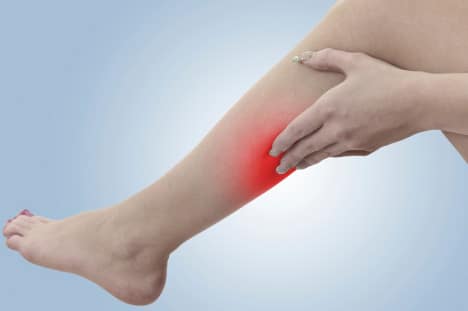The process of providing medical care that alleviates or reduces pain. Mild to moderate pain can usually be treated with analgesic medications, such as aspirin. For chronic or severe pain, opiates and other narcotics may be used, sometimes in concert with analgesics; with steroids or non-steroidal anti-inflammatory drugs when the pain is related to inflammation; or with antidepressants, which can potentiate some pain medications without raising the actual dose of the drug and which affect the brain’s perception of pain. Narcotics carry with them the potential for side effects and addiction. However, the risk of addiction is not normally a concern in the care of terminal patients. For hospitalized patients with severe pain, devices for self-administration of narcotics are frequently used. Other procedures can also be useful in pain management programs. For bedridden patients, simply changing position regularly or using pillows to support a more comfortable posture can be effective. Massage, acupuncture, acupressure, and biofeedback have also shown some validity for increased pain control in some patients.
Kyphoplasty
Kyphoplasty is used to treat painful compression fractures in the spine. In a compression fracture, all or part of a spine bone collapses.
Kyphoplasty is done in a hospital or outpatient clinic.
- You may have local anesthesia (awake and unable to feel pain). You will likely also receive medicine to help you relax and feel sleepy.
- You may receive general anesthesia. You will be asleep and unable to feel pain.
You lie face down on a table. The health care provider cleans the area of your back and applies medicine to numb the area.
The doctor places a needle through the skin and into the spine bone. Real-time x-ray images are used to guide the doctor to the correct area in your lower back.
A balloon is placed through the needle, into the bone, and then inflated. This restores the height of the vertebrae. Cement is then injected into the space to make sure it does not collapse again.
Meet Our Expert Doctors
To schedule an appointment please call us at 214-382-3200 or complete the form below.
Precision VIR serves the DFW area including Dallas, Fort Worth, Carrollton, Richardson, Garland, Mesquite, Highland Park, University Park, Park Cities, Plano, Frisco, Allen, McKinney, Flower Mound, Lewisville, Denton, Arlington, Irving, Grand Prairie and all of North Texas.
Prior to starting any new treatment or questions regarding a medical condition, always seek the advice of your doctor or other qualified health provider. This information is not a substitute for professional medical advice.

